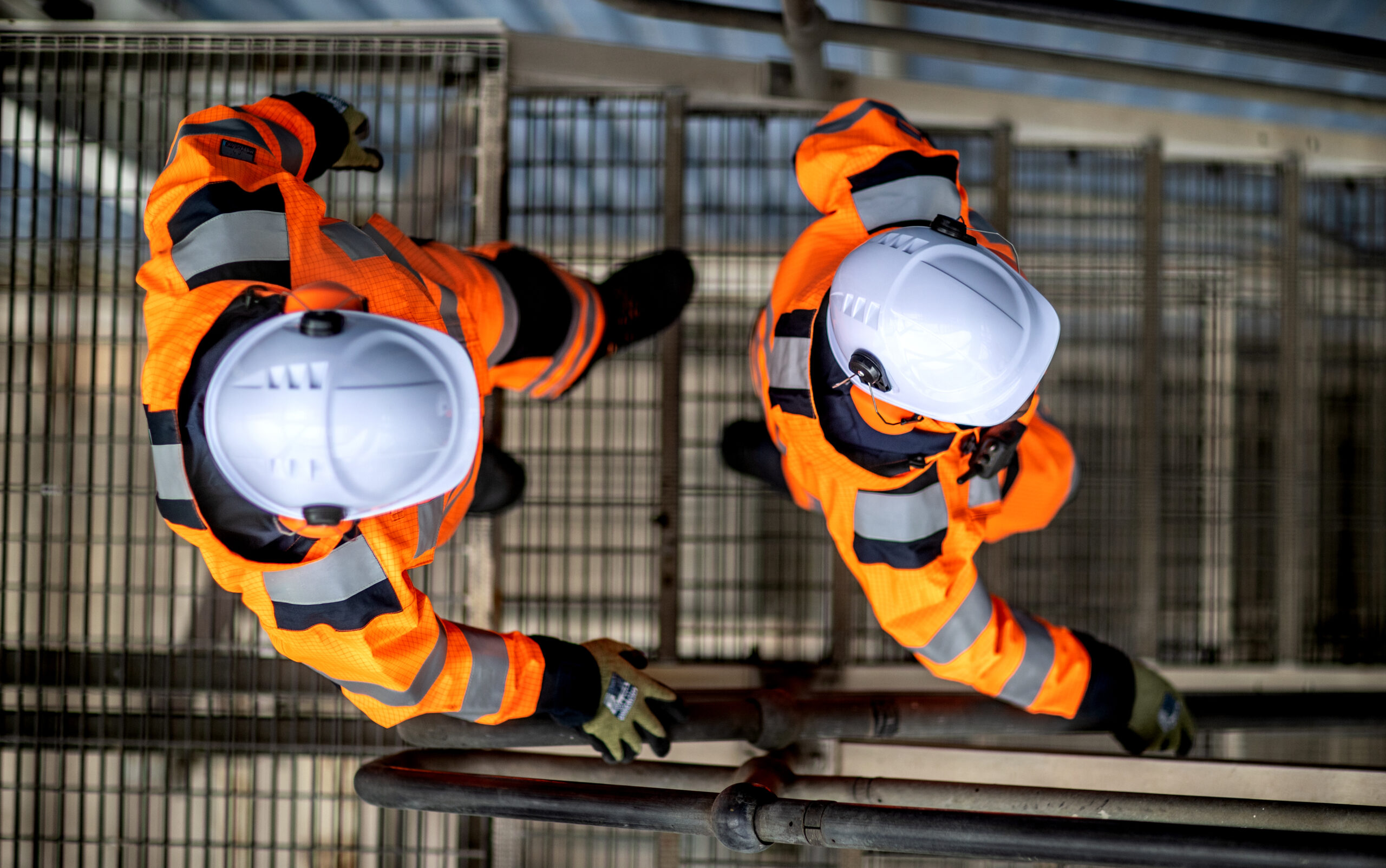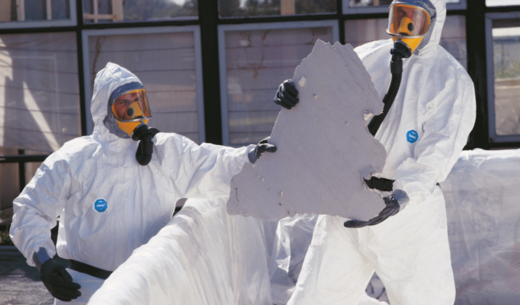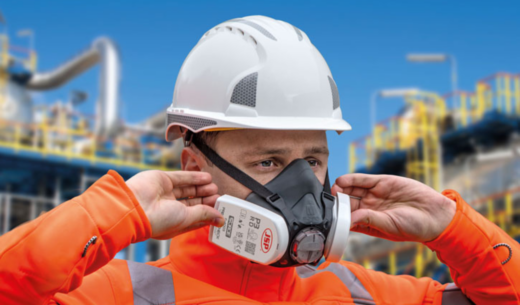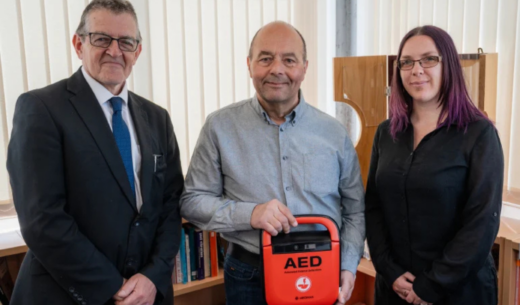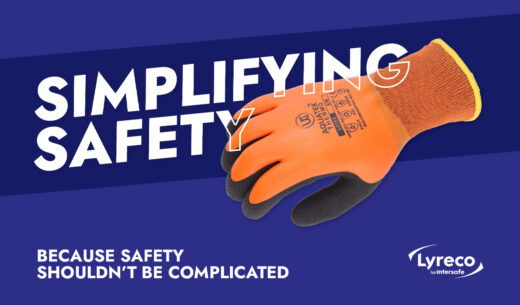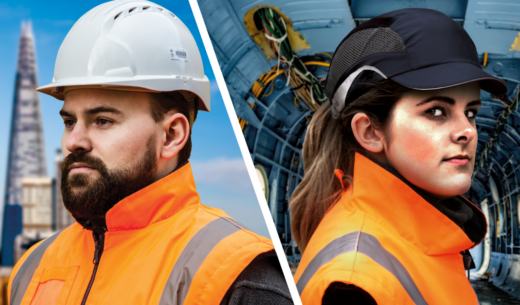Enhancing Worker Safety with Advanced Flame Resistant Workwear: Standards and Benefits
The demand for Flame Resistant protection is increasing, driven by heightened awareness of workplace hazards identified through risk assessments. But what exactly ensures the safeguarding of workers, and what considerations should be factored in when selecting Flame Resistant clothing?
understanding flame resistance
Flame Resistant (FR) clothing is meticulously crafted to withstand exposure to heat or flames for a specified duration without combusting or breaking open. These garments do not easily catch fire and if they do, they will self-extinguish or resist ignition, diminishing the severity of burns. They offer a crucial layer of defence against burn injuries caused by heat, flames, or Arc flash, affording wearers valuable time to evacuate the hazardous environment.
FR clothing must be made from either inherent or treated Flame Resistant fabrics. Inherent fabrics leverage the natural Flame Resistant properties of at least one fibre, providing high heat and Arc protection that do not diminish after washing. They boast excellent colour fastness after washing and are lighter-weight fabrics with pleasant feel.
Treated fabrics derive their flame resistance from a chemical treatment applied to the fabric. Offering cost-effective protection against ARC, molten metal, and heat. Garments can boast extended lifespans when laundered as directed.
Adherence to global standards
Key international standards guide manufacturers in the development and design of FR clothing. Employers must ensure they are purchasing garments certified to the relevant standards identified in their workplace risk assessments to guarantee the effectiveness of the protective garments provided.
EN ISO 11612:2015 Protective Clothing Against Heat and Flame
EN ISO 14116:2015 Protective Clothing Against Limited Flame Spread
EN ISO 11611:2015 Protective Clothing for Welding and Allied Processes
IEC 61482-2:2018 Protective Clothing Against Electric Arc Thermal Hazards
EN 1149:2018 Protective Clothing Electrostatic Properties
EN 13034:2005 + A1:2009 Protective Clothing Against Liquid Chemicals
NFPA 2112:2018 Protective Clothing against Flash Fires
NFPA 70E:2015 Protective Clothing against ARC Flash
ASTM F1506-14a Protective Fabrics and Textiles against ARC Flash
choosing fr clothing
Adherence to ISO 13688:2013 the Protective Clothing General Requirements standard and specific design requirements for each FR standard ensures the safety of wearers. Garments should be designed for optimal coverage and fit, preventing exposure to hazards. For example, jackets must be designed long enough that they overlap with the top of trousers when both arms are fully extended above the head. Zips and studs which penetrate the outer material must not be exposed at the innermost surface of the garment. All FR garments must carry labels that convey the standard year and test results. Size and fit are also important to ensure workers are comfortable and can move freely without restriction. Enhanced protection is also offered by layering FR garments, a layer of air is trapped between each layer of clothing and this air acts as an insulator, increasing the protection against Electric Arc Flash.
Environmental Considerations
Evaluation of environmental conditions is crucial to ensuring wearer compliance. In situations where there is a potential for poor visibility or exposure to challenging weather conditions, it is crucial to opt for flame resistant garments with high visibility (EN ISO 20471) certification or those that have been tested for rain protection (EN343) and cold protection (EN342). This ensures that the flame resistant garments are suitable for their intended purpose and the associated risks.
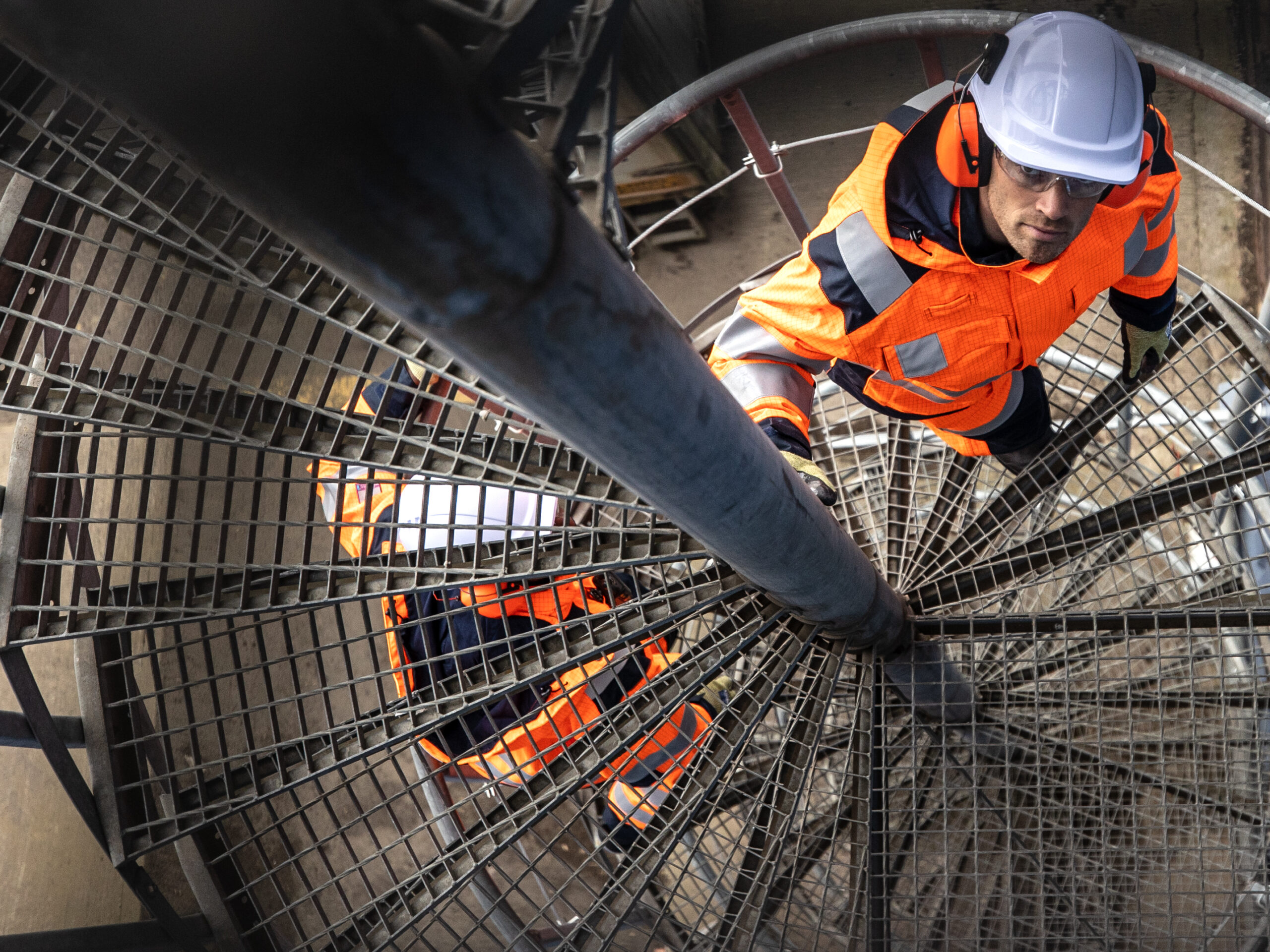
responsible sourcing
Prioritising the purchase of high-quality protective wear from well-established manufacturers is essential. A company’s commitment to responsible production is exemplified through their EcoVadis accreditation. In addition, seek confirmation of WRAP certification, OKEO-TEX Step certification, and SMETA audits, all ensuring ethical practices in every step of manufacturing.
Acquiring the knowledge to identify relevant standards for your workplace and investing in certified flame resistant garments designed for both comfort and protection from a trustworthy manufacturer, will ensure the safety of your workers and the seamless operation of your business.

